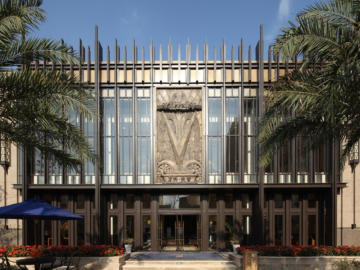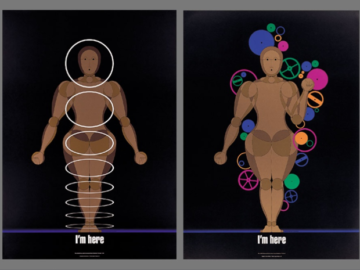Originating from South Korea, Kiyoung An, a notable designer and educator at Kindai University, engages deeply with student-led projects, drawing inspiration from their creativity despite his accomplishments, including roles as an official artist and judge for the Korea Institute of Design Promotion, Kiyoung remains driven by a relentless pursuit of improvement and a desire to impact the world through design. His aspirations include owning a small ocean-view gallery, symbolizing his journey of continuous learning and inspiration from his students.
Introduction by Keiko Caltagirone, Administrator, Headquarters for Strategic Management: Public Relations Division, Kindai University
Professor An is a great educator and also an astonishing designer. He is always busy working on projects since we, as one of the biggest universities in Japan, are requested to help with designs by both local and public organizations. He works on projects with our graphic art and design students as a team for educational reasons but also to showcase students’ perspectives according to their suggestions. We in the public relations department are very happy to work with him and promote his and his students’ work in order to not only improve society, but also to let others enjoy his and his students’ remarkable art and design.






